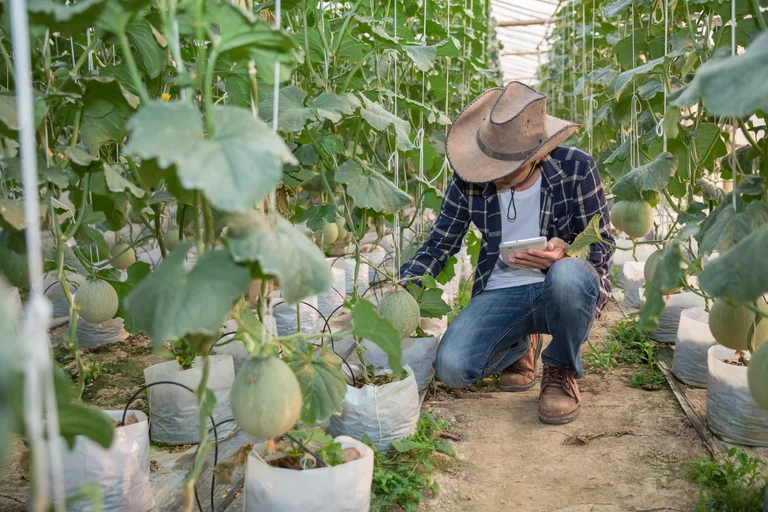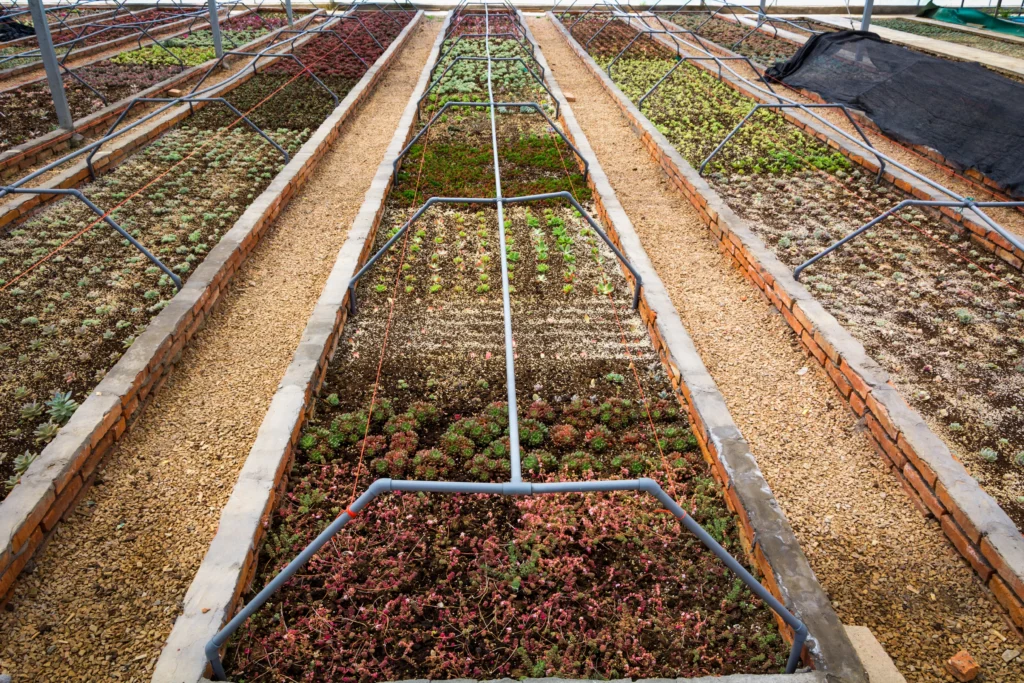
Urban Farming A Growing Trend In Malmo And Beyond
Cities globally are rethinking how we grow food. With rising concerns over climate change, food security, and urban sustainability, urban farming is becoming more than a niche hobby — it’s turning into a critical component of how cities feed their populations, reduce environmental impact, & provide green spaces for residents. Malmo, Sweden, is emerging as one of the places where urban farming isn’t just talked about, it’s being integrated into urban plans, community life, and entrepreneurial innovation.
Malmo (Swedish: Malmö), is one of the European cities where this movement is especially noticeable. From rooftop gardens to community-led farms, Malmo has embraced urban farming as part of its vision for a greener & more sustainable future. However, Malmo’s story is not unique; it is a part of a global movement to change our perceptions of food, agriculture, and urban life.
What Is Urban Farming?
Urban farming is the practice of growing food within city limits or in nearby spaces that are part of the urban environment. Unlike conventional farming that depends on large rural fields, urban farming brings agriculture directly to the areas where people live.
It can appear in a variety of ways for examples rooftop gardens, community allotments, hydroponic & vertical farming systems, or even small space farms operating within city limits. The goal is to create food systems that are local, sustainable, & efficient. Urban farming also helps cities reuse space, reduce food transportation distances & strengthen the connection between people & the food they eat.
The Food and Agriculture Organization (FAO) highlights how urban agriculture allows cities to make better use of space, cut down on food transportation, and help people reconnect with the food they eat.
Benefits of Urban Agriculture:

In addition to providing fresh produce, urban agriculture makes cities greener, more resilient, and more connected. As the world faces rising climate and food challenges, growing food closer to home is proving to be a smart and sustainable solution.
Here are a few of the main advantages:
1. Boosts Food Security:
Cities have more control over their food supply through urban farming. Cities may reduce their reliance on international supply chains and long-distance transportation by growing their own fruits, vegetables, and herbs. This helps protect communities from food shortages during emergencies and increases access to fresh food, particularly in areas with limited resources.
2. Reduces Environmental Impact:
Growing food where it’s consumed cuts down on fuel use, packaging waste, and emissions. Emissions, packaging waste, and fuel consumption are reduced when food is grown where it is consumed. Urban farms often use sustainable farming practices such as composting, rainwater harvesting, and organic methods. These environmentally friendly methods promote healthier soil, cleaner air, and a lower carbon footprint—all of which are essential in the fight against climate change.
3. Makes Better Use of Urban Space:
Urban agriculture transforms unused urban areas into fruitful green spaces, from rooftops and balconies to unused lots and vertical walls. Urban farms enhance local ecosystems, create habitats for pollinators like bees and butterflies, and enhance the urban landscape.
4. Builds Stronger Communities:
Local food projects and community gardens foster interpersonal relationships. They promote cooperation, information exchange, and a feeling of pride among the inhabitants. Urban farms serve as social hubs in places like Malmö, where residents volunteer, attend workshops, and build lasting connections with their neighbors.
5. Creates Green Jobs and Local Businesses:
Urban farming supports a growing green economy. It creates new opportunities for entrepreneurs, educators, food producers, and even tech innovators working with smart farming tools. It opens up new possibilities. Additionally, small farms contribute to the local food system by supplying local grocery stores, farmers’ markets, and restaurants.
6. Improve Health and Well-being:
People have better access to fresh, wholesome produce when cities cultivate more of their own food. Urban farming promotes mental health, lowers exposure to processed foods, and promotes healthier eating habits. Working and gardening in green areas can increase physical activity, elevate mood, and reduce stress.
Why Farming Is Becoming More Popular in Cities?
Urban farming is growing at an impressive pace. Globally, the urban farming market was valued at more than US$160 billion in 2024 and is expected to reach over US$230 billion by 2029. This growth highlights how quickly cities and investors are shifting towards localized food production.
There are several reasons behind this rising popularity. First, it reduces the environmental impact of transporting food across long distances. Locally grown food means fewer trucks on highways, lower fuel use, and smaller carbon footprints. Second, it helps in saving water. New technologies such as hydroponics and aeroponics allow food to be grown with up to 90% less water than traditional farming.
Another reason is food security. Climate change and global supply chain disruptions have made cities more vulnerable to food shortages. By producing food locally, urban areas can protect themselves from disruptions. Urban agriculture also fits well with technological innovation. Automated greenhouses, AI-based crop monitoring, and energy-efficient LED lighting are making city farming more productive and easier to manage.
Governments are also supporting this shift. Many cities around the world, including Malmo, have sustainability goals that encourage urban agriculture. Community gardens, green rooftops, and city-supported farming projects are now being seen as part of climate action and urban development policies.
Where Is Urban Farming Growing?
Urban farming is growing in cities worldwide, but some are leading the way with innovative approaches.
Malmo A Leading Example of Urban Farming:
Malmo has gained attention for its innovative approach to food and sustainability. The city has supported community gardens and, in addition, has allowed professional farmers to use urban land for cultivation. One of the leading examples is Los Perros Urban Farming, a market garden that spans around 3,000 square meters of city land. This farm grows vegetables using organic methods, steering clear of heavy machinery and instead relying on hand tools and permaculture principles.
Malmo is also involved in the Stadsbruk project, led by the Swedish University of Agricultural Sciences. This project aims to design an entire urban farming ecosystem where small-scale farmers can build businesses while contributing to biodiversity, green jobs, and community development.
The people of Malmo have embraced these initiatives. Residents frequently visit local farms, take part in workshops, and purchase fresh produce directly from the growers. City farming has not only made fresh food more accessible but has also created social spaces that help bring communities together.
Farming in Malmo’s Development Districts:
Beyond community spaces, Malmo has also partnered with private actors who lease land for farming in new development areas. One example is the Stadsbruk methodology, developed by Botildenborg. It serves as an incubator where new urban farmers can experiment with their ideas, build their skills, and eventually turn them into sustainable businesses. This blend of social and commercial farming makes Malmo’s model unique.
What are the Biggest challenges in urban farming?
While urban farming offers great potential, it also faces several challenges. One of the main hurdles is cost. High-tech systems, such as vertical farming, require expensive equipment and significant energy input. Without the use of renewable energy, the environmental benefits of these systems can be reduced.
Space is another challenge. In densely populated cities, it’s not always easy to find land or rooftop space for farming. Urban farmers need hands-on training to understand everything from soil science to running hydroponic systems effectively.
Local regulations can sometimes slow progress. Zoning laws, building codes, and water rights are not always designed to support urban farms. Maintaining financial sustainability requires small urban farms to engage with local markets, restaurants, and consumers proactively.
Future of Urban Farming:
Despite these challenges, the future of urban agriculture looks promising. The demand for local, fresh, and sustainable food is growing worldwide, and cities are starting to recognize that farming isn’t limited to rural areas anymore.
Future urban farming will likely combine various models. We will see vertical farms using advanced technology alongside community gardens that encourage citizen participation. Circular systems that recycle water, compost organic waste, and use renewable energy will become more common.
Malmo and other progressive cities in Europe are already showing what is possible when local governments, researchers, and citizens work together. If this trend continues, urban farming could become one of the cornerstones of sustainable city living in the next decade.
Urban farming in Malmo shows how cities can combine food production, community building, and climate action in one approach. By turning unused spaces into gardens and farms, Malmo is creating a model for greener, healthier, and more resilient cities. As the demand for sustainable solutions grows worldwide, city farming is set to become an even bigger part of how we design future cities.
FAQs
Q1: Why is urban farming important for the future?
Ans. Urban farming is important because it reduces the environmental impact of food production, improves food security, and brings fresh produce closer to people living in cities. It also creates green jobs and supports healthier urban lifestyles.
Q2: Is urban farming profitable for small businesses?
Ans. Yes, urban farming can be profitable, but success depends on scale, technology, and market connections. Small farms often thrive when they supply directly to local restaurants, markets, or through subscription models.
Q3: What role does technology play in urban farming?
Ans. Technology is transforming urban farming by making it more efficient. Automated climate systems, hydroponics, vertical farming structures, and AI-based monitoring are helping farmers increase yields while using fewer resources.
Q4. Can anyone start an urban garden in Malmo?
Ans. Yes, residents can form associations and apply to the city for permission to create and manage a garden. The process is supported by Malmo’s Department of Parks, Streets, and Property.
Read More Related Articles> https://www.climatechallange.com/new-styles-of-terrace-farming-for-urban-gardeners-7-creative-ideas/